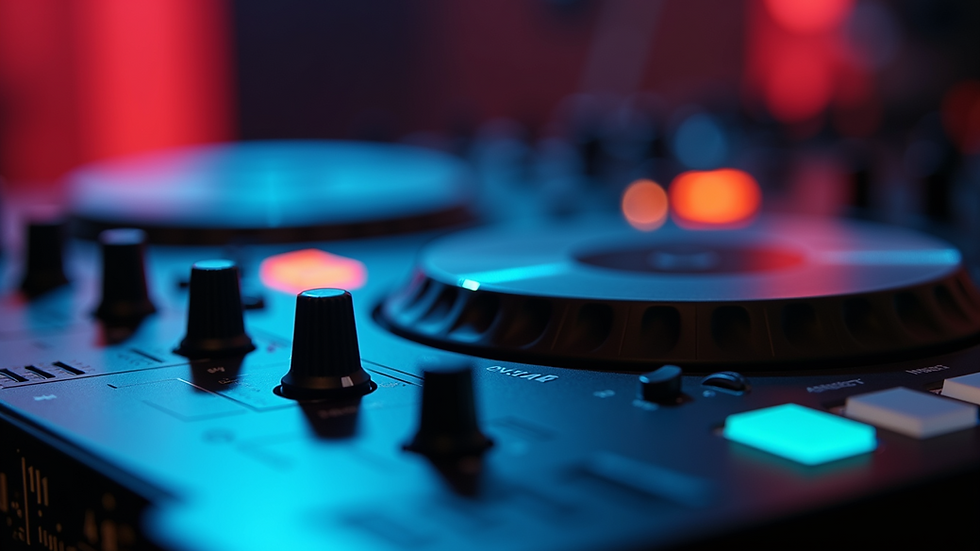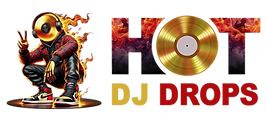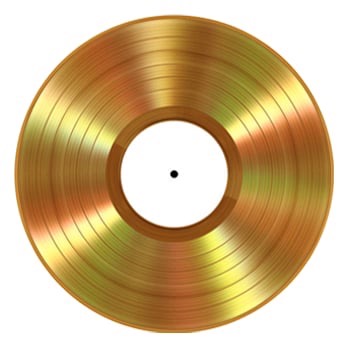Mastering DJ Sound Effects for Better Performances
- Hot DJ Drops
- Oct 13
- 4 min read
When it comes to elevating your DJ sets, mastering sound effects is a game-changer. Sound effects add texture, excitement, and personality to your mixes, helping you stand out and keep the crowd engaged. Whether you are a beginner or an experienced DJ, understanding how to use sound effects effectively can transform your performances from good to unforgettable.
Understanding DJ Sound Effects Techniques
Sound effects are more than just random noises or transitions. They are tools that can shape the energy and flow of your set. To master DJ sound effects techniques, you need to know when and how to apply them. Here are some key techniques to consider:
Timing is everything: Use effects at moments that enhance the music, such as during a build-up, drop, or breakdown. Avoid overusing effects, which can overwhelm the track.
Layering effects: Combine different effects like reverb, delay, and filters to create unique sounds. Experiment with subtle layering to add depth without cluttering the mix.
Using effects to create tension and release: Effects like echo or phaser can build anticipation before a drop, while a sudden cut or reverse effect can surprise the audience.
Matching effects to the genre: Different music styles call for different effects. For example, dubstep often uses heavy wobble and distortion, while house music benefits from smooth filters and delays.
Manual control vs. presets: Learn to tweak effects manually for more creative control instead of relying solely on presets.
By practicing these techniques, you can develop your own style and make your sets more dynamic and memorable.

Essential Equipment for Applying DJ Sound Effects Techniques
To effectively use sound effects, you need the right gear. Here are some essential tools and equipment that will help you master sound effects techniques:
DJ Controller or Mixer with Effects Section
Most modern DJ controllers and mixers come with built-in effects units. Look for models that offer a variety of effects and allow real-time control.
External Effects Processors
For more advanced control, external effects units can be connected to your setup. These devices often provide higher quality effects and more options.
Software Plugins and DAWs
If you DJ with software like Serato, Traktor, or Rekordbox, explore the built-in effects and third-party plugins. Digital Audio Workstations (DAWs) like Ableton Live also offer extensive effects capabilities.
Headphones and Monitors
Accurate monitoring is crucial when applying effects. Use quality headphones and speakers to hear the subtle changes and avoid over-processing.
MIDI Controllers for Effects
Dedicated MIDI controllers can be mapped to control effects parameters, giving you hands-on flexibility during your performance.
Investing in the right equipment and learning how to use it will significantly improve your ability to apply sound effects creatively.

Where can I find DJ sound effects?
Finding high-quality sound effects is essential for enhancing your sets. There are many sources where you can get professional-grade effects:
Online Marketplaces and Libraries
Websites like Hot DJ Drops offer a wide range of downloadable sound effects tailored for DJs. These include sweeps, risers, impacts, and vocal drops.
Sample Packs
Many producers and DJs release sample packs that include sound effects. These packs are often genre-specific and can be purchased or downloaded for free.
Create Your Own Effects
Using software like Ableton Live or FL Studio, you can design custom effects by manipulating sounds and samples. This approach gives you unique sounds that no one else has.
Record Live Sounds
Sometimes, recording ambient noises or instruments and processing them can yield interesting effects. This method adds a personal touch to your sound library.
Free Sound Effect Websites
Platforms like Freesound.org provide free sound effects, but be sure to check licensing for commercial use.
By sourcing your effects from reliable places, you ensure your performances sound professional and fresh.

Tips for Integrating Sound Effects Seamlessly
Applying sound effects is an art that requires practice and finesse. Here are some actionable tips to help you integrate effects smoothly into your sets:
Plan your effects usage: Know which effects you want to use for specific tracks or moments. This preparation helps avoid awkward pauses or overuse.
Practice transitions with effects: Use effects to bridge between songs or genres. For example, a filter sweep can help blend two tracks with different tempos.
Use effects to highlight vocals or instruments: Subtle reverb or delay on vocal samples can make them stand out without overpowering the mix.
Keep the crowd in mind: Watch the audience’s reaction and adjust effects accordingly. If the energy dips, a well-timed effect can revive the vibe.
Record your practice sessions: Listening back helps you identify which effects worked and which didn’t, allowing you to refine your technique.
Avoid clutter: Less is often more. Use effects to complement the music, not to mask it.
By following these tips, you can create a polished and engaging performance that keeps listeners hooked.
Elevate Your DJ Sets with Creative Sound Effects
Mastering sound effects techniques is a journey that pays off with more dynamic and exciting performances. By understanding the tools, sourcing quality effects, and practicing integration, you can add a new dimension to your DJ sets. Remember, the key is to use effects thoughtfully and creatively to enhance the music and connect with your audience.
Explore the world of dj sound effects and start experimenting today to find your unique sound. Your next performance could be the one that leaves a lasting impression.






Comments